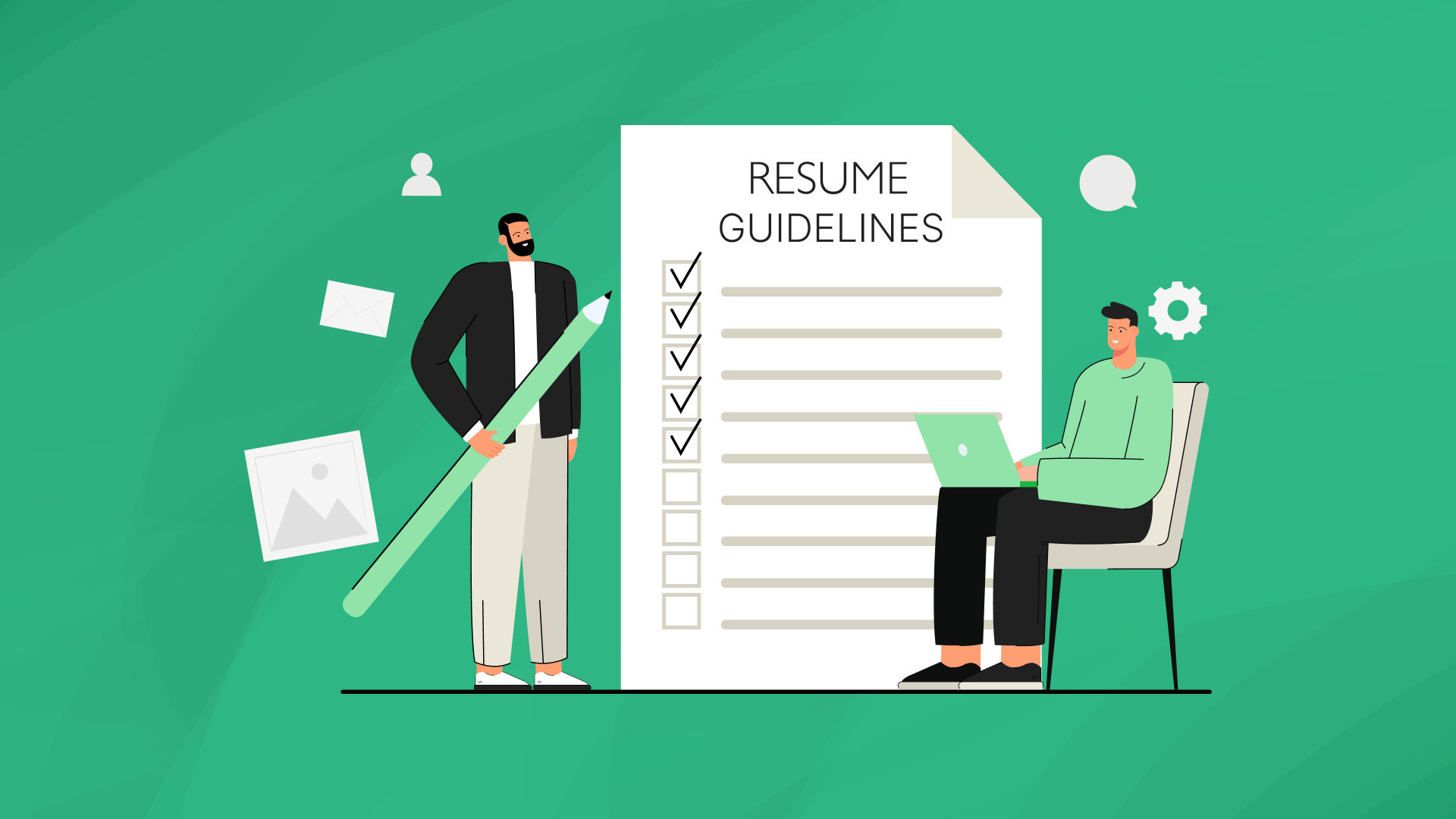Crafting a job-winning resume is essential to stand out in a competitive job market. Your resume serves as your first impression to potential employers, so it must be compelling, well-structured, and tailored to the job you’re applying for. Here are ten detailed tips to help you create a resume that catches the attention of hiring managers and gets you one step closer to landing your dream job.
1. Tailor Your Resume to the Job Description
Why It Matters:
Employers want to see that you have the specific skills and experience needed for the job. Every job has its own requirements. So, before creating a resume you have to read the job description carefully. And you want to know the requirements of the job role.
How to Do It:
Carefully read the job description and highlight the key requirements.
Customize your resume to include keywords and phrases from the job posting.
Emphasize relevant experience, skills, and achievements that match the job.
2. Use a Clean and Professional Layout
Why It Matters:
A cluttered or overly complex resume can be difficult to read and may be discarded.
How to Do It:
Choose a simple, professional font like Arial, Calibri, or Times New Roman.
Use consistent formatting with clear headings and bullet points.
Leave adequate white space to make the document easy on the eyes.
3. Start with a Strong Summary or Objective
Why It Matters:
The summary or objective is your elevator pitch and sets the tone for the rest of your resume.
How to Do It:
Write a brief, powerful statement (2-3 sentences) that highlights your most relevant skills and experiences.
Tailor the summary to the specific job you’re applying for.
Focus on what you can bring to the company and how you align with their needs.
4. Highlight Key Achievements
Why It Matters:
Employers are interested in what you’ve accomplished, not just your job duties.
How to Do It:
Use bullet points to list your achievements in each role.
Quantify your accomplishments with numbers, percentages, or measurable outcomes.
Focus on achievements that demonstrate your impact and skills.
5. Focus on Relevant Skills
Why It Matters:
Relevant skills show that you are capable of performing the job you are applying for.
How to Do It:
Include a skills section that highlights both hard and soft skills relevant to the job.
Use keywords from the job description to ensure your resume gets noticed by ATS.
Organize skills by categories, such as technical skills, language skills, and interpersonal skills.
6. Include Education and Certifications
Why It Matters:
Your educational background and certifications can set you apart from other candidates.
How to Do It:
List your degrees, starting with the most recent, and include the institution and graduation date.
Mention relevant certifications and the issuing organizations.
Include any coursework or projects that are particularly relevant to the job.
7. Use Action Verbs
Why It Matters:
Action verbs make your resume more dynamic and impactful.
How to Do It:
Start each bullet point with a strong action verb (e.g., led, managed, developed, implemented).
Avoid weak verbs and passive language.
Use a variety of action verbs to keep your resume interesting and engaging.
8. Proofread and Edit
Why It Matters:
Typos and grammatical errors can make a bad impression and suggest a lack of attention to detail.
How to Do It:
Review your resume multiple times to catch any errors.
Use grammar and spell-check tools.
Ask a friend, family member, or mentor to proofread your resume.
9. Keep It Concise
Why It Matters:
Recruiters often spend only a few seconds reviewing each resume.
How to Do It:
Aim for a one-page resume if you have less than 10 years of experience.
Use concise language and avoid unnecessary details.
Focus on the most relevant and recent experiences.
10. Add a Personal Touch
Why It Matters:
A personal touch can help your resume stand out and show your personality.
How to Do It:
Include a professional photo if it’s common in your industry (optional).
Mention any volunteer work, hobbies, or interests that are relevant to the job.
Customize your resume design subtly to reflect your personal brand (e.g., using a specific color scheme).
Creating a job-winning resume involves more than just listing your work history. It requires careful tailoring, clear formatting, and a focus on achievements and skills relevant to the job. By following these ten tips, you can craft a resume that not only stands out to hiring managers but also showcases your unique qualifications and professional strengths.
Start Building Your Resume Today
Choose from 50+ ATS friendly Resume & CV templates to land an interview quickly
Create Resume






